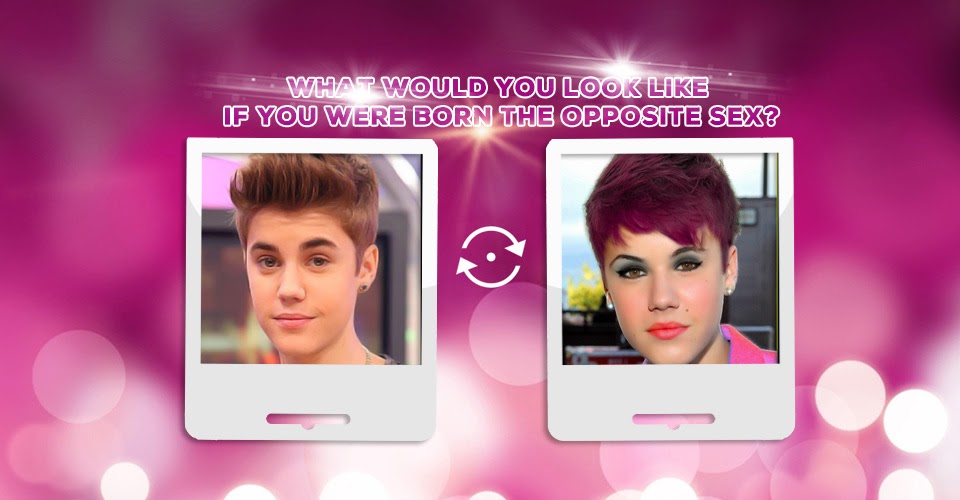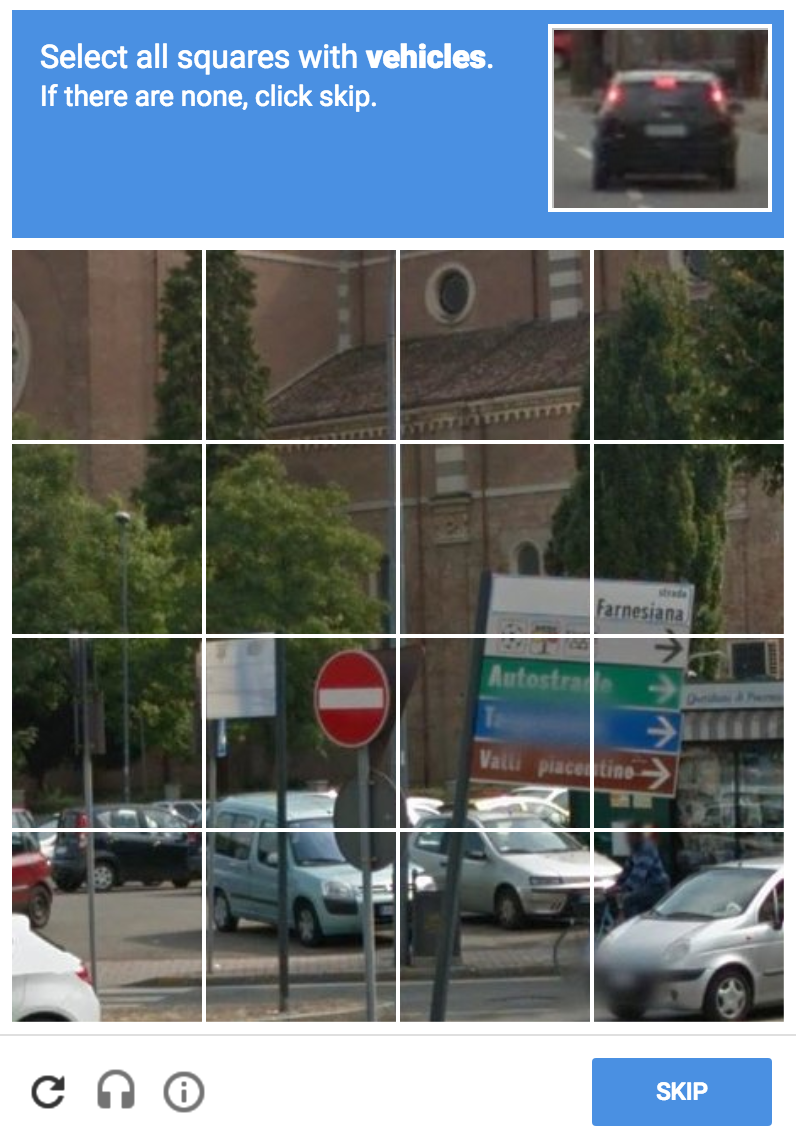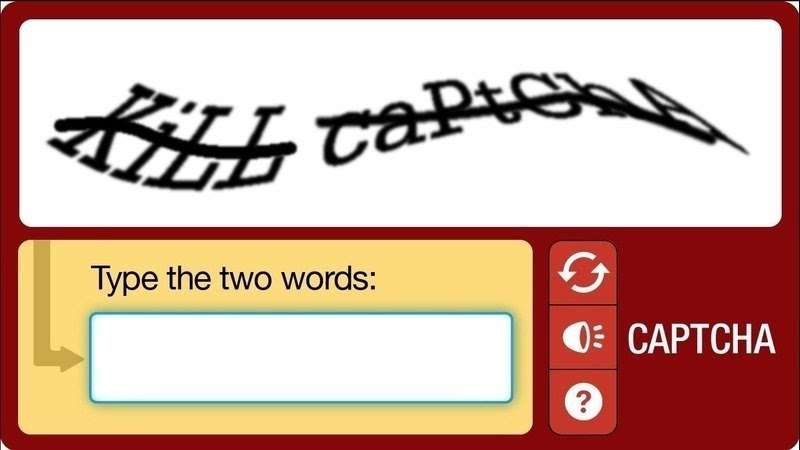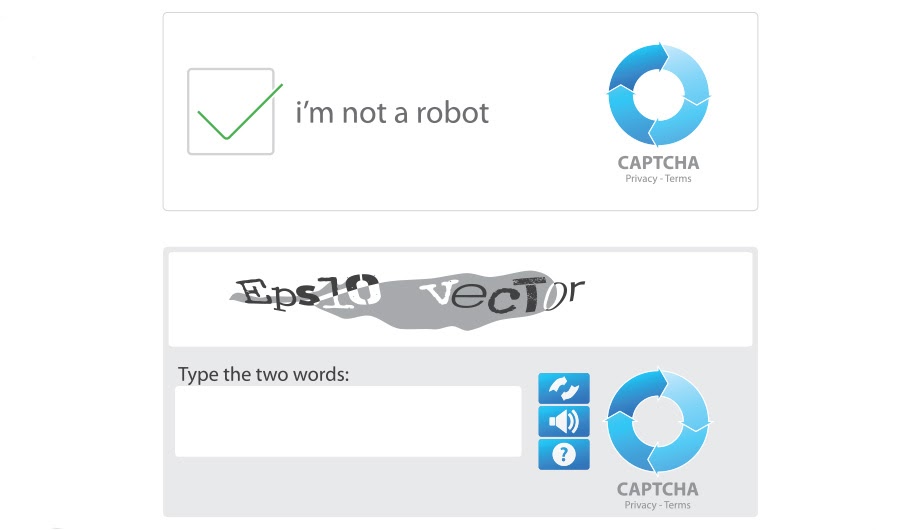Micro Perspective by Antonin Giroud-Delorme: Difference between revisions
(Created page with "{{Article |MainNavigation=No }} Category: Publishing This text was used as an introduction to part of a workshop that I led, and Arturo and I initiated. It focuses main...") |
No edit summary |
||
| (2 intermediate revisions by the same user not shown) | |||
| Line 5: | Line 5: | ||
This text was used as an introduction to part of a workshop that I led, and Arturo and I initiated. It focuses mainly on the relation between users and identities and investigates how, amongst the interplay of hyper-targeted activities and highly personalised contents, selves have or could respond symbolically and functionalistically in order to be and/or access the flux of information and materials that could be seen to produce knowledge. | This text was used as an introduction to part of a workshop that I led, and Arturo and I initiated. It focuses mainly on the relation between users and identities and investigates how, amongst the interplay of hyper-targeted activities and highly personalised contents, selves have or could respond symbolically and functionalistically in order to be and/or access the flux of information and materials that could be seen to produce knowledge. | ||
[[File:New.jpg]] | |||
Firstly, I will begin with two important definitions in order to acknowledge the paradox of the contemporary /classic polarisation of the individual vs the collective. Here, it is developed through new modes of sociabilities in the digital era that were actively present before, but that were operating in different ways and on other levels. | Firstly, I will begin with two important definitions in order to acknowledge the paradox of the contemporary /classic polarisation of the individual vs the collective. Here, it is developed through new modes of sociabilities in the digital era that were actively present before, but that were operating in different ways and on other levels. | ||
| Line 11: | Line 13: | ||
Transactive memory refers to the system through which groups store memories, acting through the group in order to avoid the weaknesses of the individual memory. According to Daniel Wegner, transactive memory (which is a form of collective memory) is a system that is more than its individual component systems. | Transactive memory refers to the system through which groups store memories, acting through the group in order to avoid the weaknesses of the individual memory. According to Daniel Wegner, transactive memory (which is a form of collective memory) is a system that is more than its individual component systems. | ||
“Transactive memory is a psychological hypothesis first proposed by Daniel Wegner in 1985 as a response to earlier theories of | “Transactive memory is a psychological hypothesis first proposed by [https://en.wikipedia.org/wiki/Daniel_Wegner Daniel Wegner] in 1985 as a response to earlier theories of ‘[https://en.wikipedia.org/wiki/Collective_intelligence group mind]’ such as ‘[https://en.wikipedia.org/wiki/Groupthink groupthink]’. A transactive memory system is a mechanism through which groups collectively encode, store, and retrieve knowledge. Transactive memory was initially studied in [https://en.wiktionary.org/wiki/couple couples] and [https://en.wikipedia.org/wiki/Families families] where individuals had close relationships but was later extended to teams, larger groups, and organizations to explain how they develop a ‘group mind, a memory system that is more complex and potentially more effective than that of any of its individual constituents. A transactive memory system includes memory stored in each individual, the interactions between memory within the individuals, as well as the processes that update this memory. Transactive memory, on the other hand, is merely the shared store of knowledge. According to Wegner, a transactive memory system consists of the knowledge stored in each individual's memory combined with [https://en.wikipedia.org/wiki/Metamemory metamemory] containing [https://en.wikipedia.org/wiki/Information information] regarding the different teammate's domains of expertise. Just as an individual's metamemory allows them to be aware of what information is available for [https://en.wikipedia.org/wiki/Information_retrieval retrieval], so does the transactive memory system provide teammates with information regarding the [https://en.wikipedia.org/wiki/Knowledge knowledge] they have access to within the group. Group members learn who knowledge experts are and how to access expertise through communicative processes. In this way, a transactive memory system can provide the group members with more and better knowledge than any individual could access on their own.”[1] | ||
===Transindividuation=== | |||
Transindividuation | |||
The transindividual is neither the ‘I’ (the individual) nor the ‘we’ (the interindividual), but is the co-individuation of the I and the we in a pre-individual environment (where meanings are borne by lifestyles). | The transindividual is neither the ‘I’ (the individual) nor the ‘we’ (the interindividual), but is the co-individuation of the I and the we in a pre-individual environment (where meanings are borne by lifestyles). | ||
| Line 20: | Line 21: | ||
The sphere of the social is produced by transindividuation, that is to say by participation in associated environments where meanings are formed (meaning as made between or through beings). | The sphere of the social is produced by transindividuation, that is to say by participation in associated environments where meanings are formed (meaning as made between or through beings). | ||
The term ‘transindividuation’ is derived from the term ‘transindividual’ (Gilbert Simondon). In the latter, the trans-individual was already distinguished from the more ancient and classical points of view, stemming from psychology for one and from sociology for the other, from the inter-individual—where it is the individuals who make the group—and the intra-social, where it is the group that makes the individuals. For Simondon, the appearance of the transindividual is the fruit of a new individuation, psycho-social (psychic and collective) individuation, which breaks with vital individuation, and where the living individual is prolonged and exceeds themselves: in this new form of indissociable psychic and social individuation, the ‘real collective’ is neither the simple union of individual psychisms already given, nor the ‘pure social’ of insects; a social future that is individuated in ‘collective unity’ parallel to the singular ‘personalization’ of each psychic subject. | The term ‘transindividuation’ is derived from the term ‘transindividual’ (Gilbert Simondon). In the latter, the trans-individual was already distinguished from the more ancient and classical points of view, stemming from psychology for one and from sociology for the other, from the inter-individual—where it is the individuals who make the group—and the intra-social, where it is the group that makes the individuals. For Simondon, the appearance of the transindividual is the fruit of a new individuation, psycho-social (psychic and collective) individuation, which breaks with vital individuation, and where the living individual is prolonged and exceeds themselves: in this new form of indissociable psychic and social individuation, the ‘real collective’ is neither the simple union of individual psychisms already given, nor the ‘pure social’ of insects; a social future that is individuated in ‘collective unity’ parallel to the singular ‘personalization’ of each psychic subject. | ||
For Bernard Stiegler, the transindividual is what, through the diachronizing co-individuation of I, engenders the synchronizing trans-individuation of a nous. This process of transindividuation takes place under the conditions of metastabilization made possible by what Simondon calls the pre-individual milieu, which is supposed by any process of individuation and shared by all psychic individuals. This pre-individual milieu is, however, for us, intrinsically artefactual, and the technique is what the future metastabilizes the psychic and collective co-individuation. The technique is thus the ‘third strand’ of what Simondon himself thought only as a ‘psycho-social’ individuation. The term transindividuation refers to this metastable psycho-socio-technical dynamic whereby the transindividual is never a given result, but always at the same time a task: that of desire at work. Transindividuation is not only a co-individuation, because it is not sufficient to open an environment that goes beyond the individual while prolonging it. The transindividuation is the transformation of I by the us and of us by the I, it is correlatively the transformation of the techno-symbolic medium inside which only the I can meet like an us. The social in general is produced by transindividuation, that is to say by participation in associated milieus where meanings are formed between or through the beings they constitute. There is no transindividuation without techniques or technologies of transindividuation, which are pharmaka. Transindividuation is what is constituted through transindividuation circuits, that is to say through the relationships that tragedy the collective individual through psychic individuals. These relationships are primarily mnemic. When techniques or technologies are put at the service of proletarianization and deindividuation, they cause short circuits in the transindividuation, they release the psychic individuals from the long circuits of individuation, they turn the individual to a plan of subsistence. Hypomnosis then becomes toxic. | For Bernard Stiegler, the transindividual is what, through the diachronizing co-individuation of I, engenders the synchronizing trans-individuation of a nous. This process of transindividuation takes place under the conditions of metastabilization made possible by what Simondon calls the pre-individual milieu, which is supposed by any process of individuation and shared by all psychic individuals. This pre-individual milieu is, however, for us, intrinsically artefactual, and the technique is what the future metastabilizes the psychic and collective co-individuation. The technique is thus the ‘third strand’ of what Simondon himself thought only as a ‘psycho-social’ individuation. The term transindividuation refers to this metastable psycho-socio-technical dynamic whereby the transindividual is never a given result, but always at the same time a task: that of desire at work. Transindividuation is not only a co-individuation, because it is not sufficient to open an environment that goes beyond the individual while prolonging it. The transindividuation is the transformation of I by the us and of us by the I, it is correlatively the transformation of the techno-symbolic medium inside which only the I can meet like an us. The social in general is produced by transindividuation, that is to say by participation in associated milieus where meanings are formed between or through the beings they constitute. There is no transindividuation without techniques or technologies of transindividuation, which are pharmaka. Transindividuation is what is constituted through transindividuation circuits, that is to say through the relationships that tragedy the collective individual through psychic individuals. These relationships are primarily mnemic. When techniques or technologies are put at the service of proletarianization and deindividuation, they cause short circuits in the transindividuation, they release the psychic individuals from the long circuits of individuation, they turn the individual to a plan of subsistence. Hypomnosis then becomes toxic. | ||
[[File:ProfilPICS.jpg]] | |||
===Browsers, login, inevitable corporate platform uses (work in a company, social pressure and exclusion).=== | |||
[[File:1 6S7AYwXUe 9OsAjy31N LA.png]] | |||
Human/machine relationships, full division, or real back and forth? | [[File:BElHoUUqfADSIGU-800x450-noPad.jpg]] | ||
[[File:CAPTCHA topNteaser.jpg]] | |||
===Human/machine relationships, full division, or real back and forth?=== | |||
Image Captcha, human proof and simultaneous machine training for better precision. | Image Captcha, human proof and simultaneous machine training for better precision. | ||
[[File:67 large.jpg]] | |||
[[File:Unnamed.png]] | |||
[[File:Whichanimalareyou.jpg|thumb]] | |||
===Accounts, display and projection of the selves as a public presentation.=== | |||
* Parameters, possible gestures to keep updated, likes, posts, and the beginning of the hidden injunction of personalization. | |||
An invitation to hypra-personalize when it creates a deindividuation process, where individuals are treated as average, and an infrastructure responds on a transindividual level but without any space for the back and forth in between the WE and the I, the I is already more of a WE and the WE cannot meet any I then. Data mining not mined but given by users directly displaying their personality by using showing sharing looking for contents. Data mining and analysing as research for better AVERAGE possible for an always bigger amount of people. | An invitation to hypra-personalize when it creates a deindividuation process, where individuals are treated as average, and an infrastructure responds on a transindividual level but without any space for the back and forth in between the WE and the I, the I is already more of a WE and the WE cannot meet any I then. Data mining not mined but given by users directly displaying their personality by using showing sharing looking for contents. Data mining and analysing as research for better AVERAGE possible for an always bigger amount of people. | ||
Imaginative exercise to provide a perspective for questioning, but never as an answer in itself: | * Third party companies/GDPR (general data protection regulation). | ||
'''Imaginative exercise to provide a perspective for questioning, but never as an answer in itself:''' | |||
'Draw' your own profile/anonymity as unique alternative. | 'Draw' your own profile/anonymity as unique alternative. | ||
Draw your own profile activity type using one single shape. (anonymous exercise) | # Draw your own profile activity type using one single shape. (anonymous exercise) | ||
Think in an abstract way. Will you use pictures or not, and if so, what kind? | Think in an abstract way. Will you use pictures or not, and if so, what kind? | ||
Will you use a fake name or not? Will you be distant or very active? | Will you use a fake name or not? Will you be distant or very active? | ||
Exchange your results. | Exchange your results. | ||
# Write a profile description of the drawing you just received. | |||
Open discussion time | Open discussion time | ||
# Imagine as a group if a fictitious-neoReal identity were able to function as a camouflage in order to allow one to display themselves more freely, and so one would be able to act as oneself at the same time. (symbol/image <-> function) | |||
Fictionalization? Abstraction? Absurdity? To what degree? | Fictionalization? Abstraction? Absurdity? To what degree? | ||
<gallery> | |||
Postdrawing3.jpg | Postdrawing3.jpg | ||
Postdrawing.jpg | Postdrawing.jpg | ||
Postdrawing4.jpg | Postdrawing4.jpg | ||
New 9.jpg | |||
</gallery> | |||
[1] Wikipedia. Transactive Memory. Available at: https://en.wikipedia.org/wiki/Transactive_memory [Accessed 9 April 2019] | [1] Wikipedia. ''Transactive Memory''. Available at: https://en.wikipedia.org/wiki/Transactive_memory [Accessed 9 April 2019] | ||
Published in ''[[Fake it! Fake them! Fake you! Fake us! Publication]]'' in 2019 | Published in ''[[Fake it! Fake them! Fake you! Fake us! Publication]]'' in 2019 | ||
Latest revision as of 14:53, 28 December 2020
This text was used as an introduction to part of a workshop that I led, and Arturo and I initiated. It focuses mainly on the relation between users and identities and investigates how, amongst the interplay of hyper-targeted activities and highly personalised contents, selves have or could respond symbolically and functionalistically in order to be and/or access the flux of information and materials that could be seen to produce knowledge.
Firstly, I will begin with two important definitions in order to acknowledge the paradox of the contemporary /classic polarisation of the individual vs the collective. Here, it is developed through new modes of sociabilities in the digital era that were actively present before, but that were operating in different ways and on other levels.
Transactive Memory
Transactive memory refers to the system through which groups store memories, acting through the group in order to avoid the weaknesses of the individual memory. According to Daniel Wegner, transactive memory (which is a form of collective memory) is a system that is more than its individual component systems.
“Transactive memory is a psychological hypothesis first proposed by Daniel Wegner in 1985 as a response to earlier theories of ‘group mind’ such as ‘groupthink’. A transactive memory system is a mechanism through which groups collectively encode, store, and retrieve knowledge. Transactive memory was initially studied in couples and families where individuals had close relationships but was later extended to teams, larger groups, and organizations to explain how they develop a ‘group mind, a memory system that is more complex and potentially more effective than that of any of its individual constituents. A transactive memory system includes memory stored in each individual, the interactions between memory within the individuals, as well as the processes that update this memory. Transactive memory, on the other hand, is merely the shared store of knowledge. According to Wegner, a transactive memory system consists of the knowledge stored in each individual's memory combined with metamemory containing information regarding the different teammate's domains of expertise. Just as an individual's metamemory allows them to be aware of what information is available for retrieval, so does the transactive memory system provide teammates with information regarding the knowledge they have access to within the group. Group members learn who knowledge experts are and how to access expertise through communicative processes. In this way, a transactive memory system can provide the group members with more and better knowledge than any individual could access on their own.”[1]
Transindividuation
The transindividual is neither the ‘I’ (the individual) nor the ‘we’ (the interindividual), but is the co-individuation of the I and the we in a pre-individual environment (where meanings are borne by lifestyles).
Transindividuation is the transformation of the I by the we, and of the we by the I, which from the outset and in both movements acts as the transformation of the symbolic environment, where only I can meet as a we.
The sphere of the social is produced by transindividuation, that is to say by participation in associated environments where meanings are formed (meaning as made between or through beings).
The term ‘transindividuation’ is derived from the term ‘transindividual’ (Gilbert Simondon). In the latter, the trans-individual was already distinguished from the more ancient and classical points of view, stemming from psychology for one and from sociology for the other, from the inter-individual—where it is the individuals who make the group—and the intra-social, where it is the group that makes the individuals. For Simondon, the appearance of the transindividual is the fruit of a new individuation, psycho-social (psychic and collective) individuation, which breaks with vital individuation, and where the living individual is prolonged and exceeds themselves: in this new form of indissociable psychic and social individuation, the ‘real collective’ is neither the simple union of individual psychisms already given, nor the ‘pure social’ of insects; a social future that is individuated in ‘collective unity’ parallel to the singular ‘personalization’ of each psychic subject.
For Bernard Stiegler, the transindividual is what, through the diachronizing co-individuation of I, engenders the synchronizing trans-individuation of a nous. This process of transindividuation takes place under the conditions of metastabilization made possible by what Simondon calls the pre-individual milieu, which is supposed by any process of individuation and shared by all psychic individuals. This pre-individual milieu is, however, for us, intrinsically artefactual, and the technique is what the future metastabilizes the psychic and collective co-individuation. The technique is thus the ‘third strand’ of what Simondon himself thought only as a ‘psycho-social’ individuation. The term transindividuation refers to this metastable psycho-socio-technical dynamic whereby the transindividual is never a given result, but always at the same time a task: that of desire at work. Transindividuation is not only a co-individuation, because it is not sufficient to open an environment that goes beyond the individual while prolonging it. The transindividuation is the transformation of I by the us and of us by the I, it is correlatively the transformation of the techno-symbolic medium inside which only the I can meet like an us. The social in general is produced by transindividuation, that is to say by participation in associated milieus where meanings are formed between or through the beings they constitute. There is no transindividuation without techniques or technologies of transindividuation, which are pharmaka. Transindividuation is what is constituted through transindividuation circuits, that is to say through the relationships that tragedy the collective individual through psychic individuals. These relationships are primarily mnemic. When techniques or technologies are put at the service of proletarianization and deindividuation, they cause short circuits in the transindividuation, they release the psychic individuals from the long circuits of individuation, they turn the individual to a plan of subsistence. Hypomnosis then becomes toxic.
Browsers, login, inevitable corporate platform uses (work in a company, social pressure and exclusion).
Human/machine relationships, full division, or real back and forth?
Image Captcha, human proof and simultaneous machine training for better precision.

Accounts, display and projection of the selves as a public presentation.
- Parameters, possible gestures to keep updated, likes, posts, and the beginning of the hidden injunction of personalization.
An invitation to hypra-personalize when it creates a deindividuation process, where individuals are treated as average, and an infrastructure responds on a transindividual level but without any space for the back and forth in between the WE and the I, the I is already more of a WE and the WE cannot meet any I then. Data mining not mined but given by users directly displaying their personality by using showing sharing looking for contents. Data mining and analysing as research for better AVERAGE possible for an always bigger amount of people.
- Third party companies/GDPR (general data protection regulation).
Imaginative exercise to provide a perspective for questioning, but never as an answer in itself:
'Draw' your own profile/anonymity as unique alternative.
- Draw your own profile activity type using one single shape. (anonymous exercise)
Think in an abstract way. Will you use pictures or not, and if so, what kind? Will you use a fake name or not? Will you be distant or very active? Exchange your results.
- Write a profile description of the drawing you just received.
Open discussion time
- Imagine as a group if a fictitious-neoReal identity were able to function as a camouflage in order to allow one to display themselves more freely, and so one would be able to act as oneself at the same time. (symbol/image <-> function)
Fictionalization? Abstraction? Absurdity? To what degree?
[1] Wikipedia. Transactive Memory. Available at: https://en.wikipedia.org/wiki/Transactive_memory [Accessed 9 April 2019]
Published in Fake it! Fake them! Fake you! Fake us! Publication in 2019










